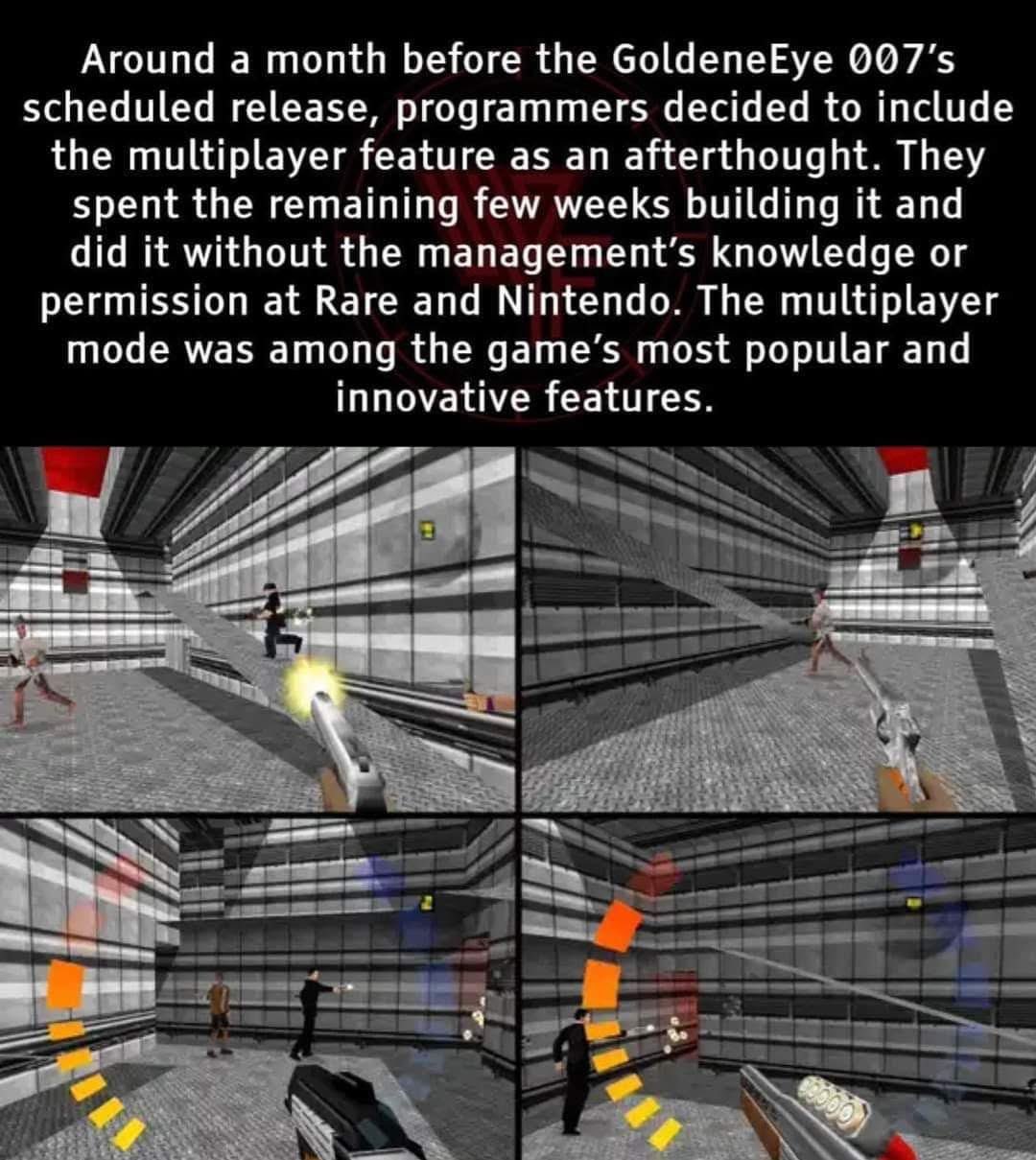this post was submitted on 13 Jan 2025
990 points (99.1% liked)
RetroGaming
19947 readers
349 users here now
Vintage gaming community.
Rules:
- Be kind.
- No spam or soliciting for money.
- No racism or other bigotry allowed.
- Obviously nothing illegal.
If you see these please report them.
founded 2 years ago
MODERATORS
you are viewing a single comment's thread
view the rest of the comments
view the rest of the comments

Reminds me of the graphing calculator on Macs. Guy wanted it in system 7 so bad he ignored getting fired, broke into the office, and snuck it into the master build.
Incredible
(beginning of) The Graphing Calculator Story
The Graphing Calculator Story
Copyright © 2004 Ron Avitzur.
Pacific Tech's Graphing Calculator has a long history. I began the work in 1985 while in school. That became Milo, and later became part of FrameMaker. Over the last twenty years, many people have contributed to it. Graphing Calculator 1.0, which Apple bundled with the original PowerPC computers, originated under unique circumstances.
I used to be a contractor for Apple, working on a secret project. Unfortunately, the computer we were building never saw the light of day. The project was so plagued by politics and ego that when the engineers requested technical oversight, our manager hired a psychologist instead. In August 1993, the project was canceled. A year of my work evaporated, my contract ended, and I was unemployed.
I was frustrated by all the wasted effort, so I decided to uncancel my small part of the project. I had been paid to do a job, and I wanted to finish it. My electronic badge still opened Apple's doors, so I just kept showing up.
I had many sympathizers. Apple's engineers thought what I was doing was cool. Whenever I gave demos, my colleagues said, "I wish I'd had that when I was in school." Those working on Apple's project to change the microprocessor in its computers to the IBM PowerPC were especially supportive. They thought my software would show off the speed of their new machine. None of them was able to hire me, however, so I worked unofficially, in classic "skunkworks" fashion.
I knew nothing about the PowerPC and had no idea how to modify my software to run on it. One August night, after dinner, two guys showed up to announce that they would camp out in my office until the modification was done. The three of us spent the next six hours editing fifty thousand lines of code. The work was delicate surgery requiring arcane knowledge of the MacOS, the PowerPC, and my own software. It would have taken weeks for any one of us working alone.
At 1:00 a.m., we trekked to an office that had a PowerPC prototype. We looked at each other, took a deep breath, and launched the application. The monitor burst into flames. We calmly carried it outside to avoid setting off smoke detectors, plugged in another monitor, and tried again. The software hadn't caused the fire; the monitor had just chosen that moment to malfunction. The software ran over fifty times faster than it had run on the old microprocessor. We played with it for a while and agreed, "This doesn't suck" (high praise in Apple lingo). We had an impressive demo, but it would take months of hard work to turn it into a product.
I asked my friend Greg Robbins to help me. His contract in another division at Apple had just ended, so he told his manager that he would start reporting to me. She didn't ask who I was and let him keep his office and badge. In turn, I told people that I was reporting to him. Since that left no managers in the loop, we had no meetings and could be extremely productive. We worked twelve hours a day, seven days a week. Greg had unlimited energy and a perfectionist's attention to detail. He usually stayed behind closed doors programming all day, while I spent much of my time talking with other engineers. Since I had asked him to help as a personal favor, I had to keep pace with him. Thanks to an uncurtained east-facing window in my bedroom, I woke with the dawn and usually arrived ten minutes before Greg did. He would think I had been working for hours and feel obliged to work late to stay on par. I in turn felt obliged to stay as late as he did. This feedback loop created an ever-increasing spiral of productivity.
People around the Apple campus saw us all the time and assumed we belonged. Few asked who we were or what we were doing.When someone did ask me, I never lied, but relied on the power of corporate apathy. The conversations usually went like this:
Q: Do you work here? A: No. Q: You mean you're a contractor? A: Actually, no. Q: But then who's paying you? A: No one. Q: How do you live? A: I live simply. Q: (Incredulously) What are you doing here?!
See link for remainder
What a fantastic read.
I'm moved by this. I feel that this is what HN used to be maybe 10 years ago. Now its just VC crap and making money as quickly as possible with lock-in market-corning crapware.
Yeah, that fucking rocked.